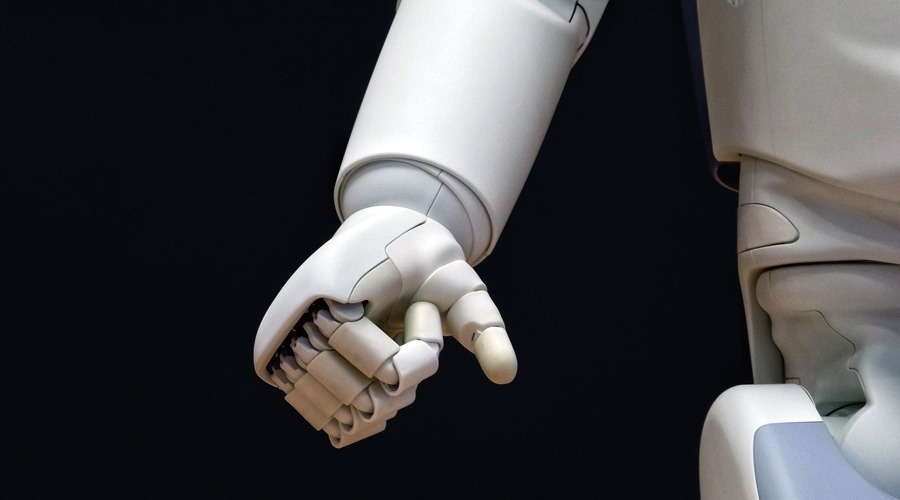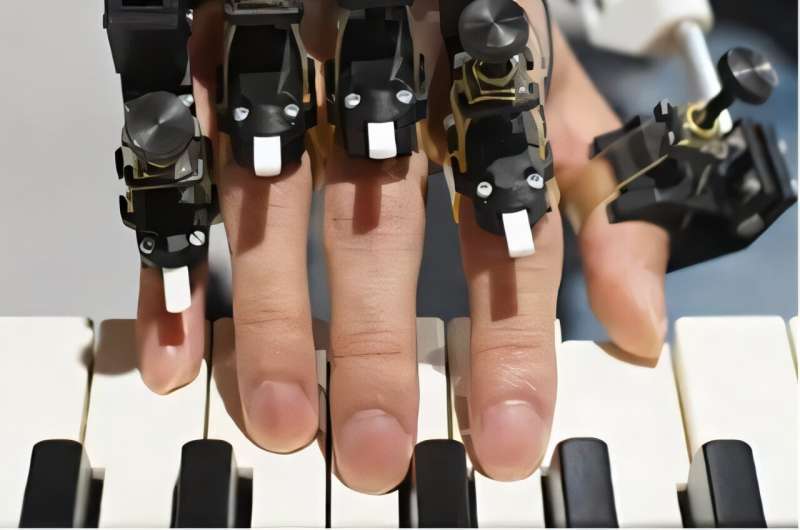A new robot that grows like a plant vine could change how we find survivors after disasters. Meet SPROUT, a soft, flexible robot that can twist through tight spaces to help rescuers. Developed by MIT's Lincoln Laboratory and the University of Notre Dame, SPROUT (Soft Pathfinding Robotic Observation Unit) can reach places humans and traditional robots can't.
How SPROUT Works
SPROUT is basically a sealed fabric tube that fills with air. As it inflates, it stretches forward, growing like a vine. This simple but clever design lets it squeeze through narrow gaps and turn corners in collapsed buildings.
A camera at the tip sends back live video, giving rescue teams eyes in places too dangerous for people to go. Rescuers control SPROUT with a joystick, steering it through rubble to find survivors.
Three motors along the tube help SPROUT bend and turn in different directions. When not in use, an internal coil system keeps the robot neatly stored until needed.
Solving Real Problems
Current search and rescue tools have serious limitations. Standard cameras can only look down straight paths. Teams often need to cut new holes to see deeper into rubble, which is slow and potentially dangerous.
Traditional rigid robots frequently get stuck or break in tight, unstable spaces. They're also expensive to repair when damaged.
SPROUT offers a better solution. It can:
- Safely explore collapsed structures without putting rescuers at risk
- Create maps of dangerous areas
- Assess structural damage
- Search for survivors in spaces too small for humans
- Carry different sensors for various detection needs
Real-World Testing
The team has already tested SPROUT at a Massachusetts training facility. More extensive field tests are coming soon.
SPROUT isn't the only soft robot being developed for rescue operations. Squishy Robotics Inc. in Berkeley has created spherical skeletal robots that could help during natural disasters. These technologies might even find uses in space exploration on the Moon or Mars.
With robots like SPROUT joining rescue teams, finding survivors after earthquakes, building collapses, and other disasters could become faster and safer than ever before.


















